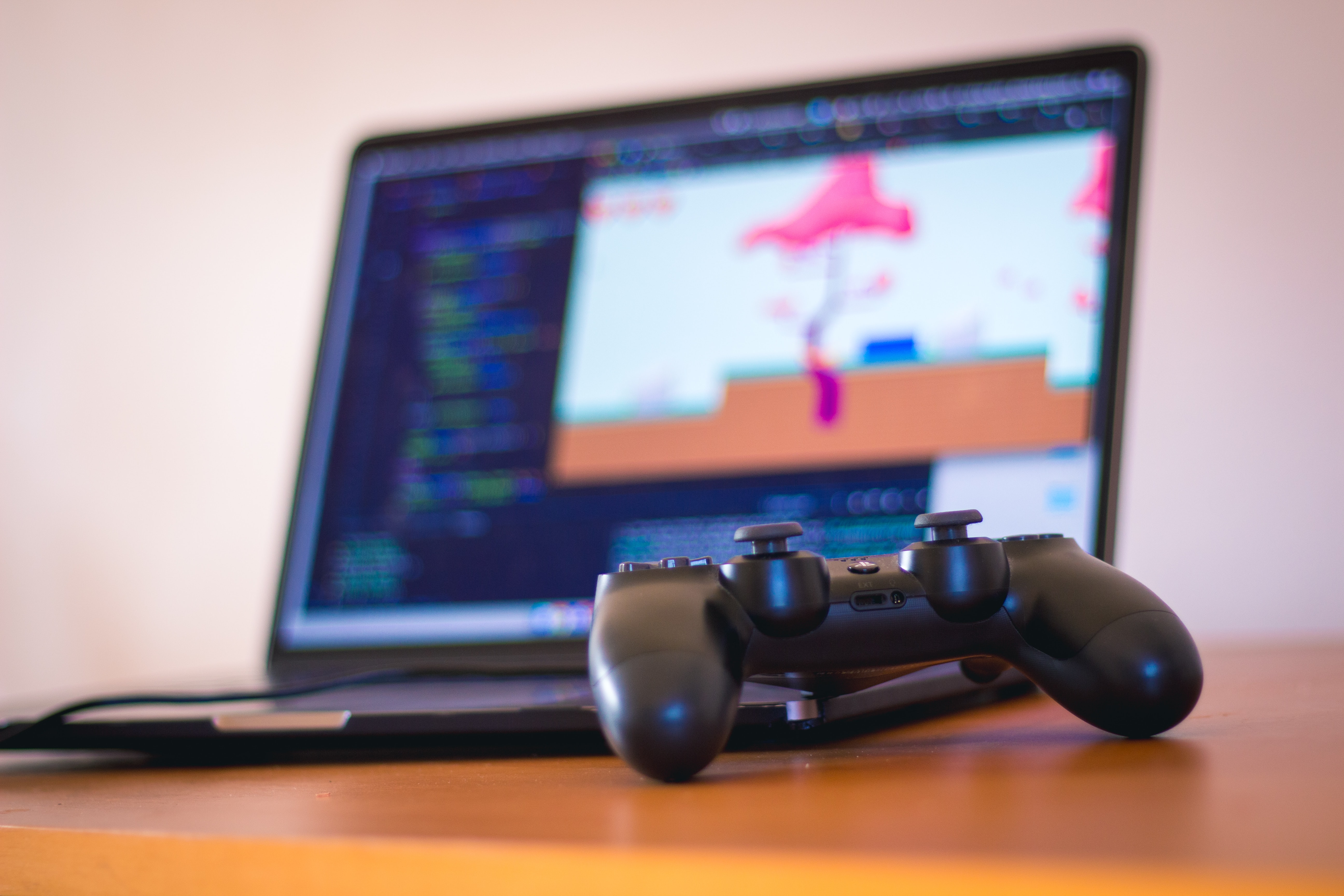The Internet of Things promises us smarter futures: refrigerators that can replenish themselves by automatically ordering groceries from a local supermarket (including refrigerator delivery!), Bridges that warn future cars of freezing, or smart devices that keep your health and produce real-time information directly on your doctor’s iPhone. While all of this will soon be at hand, we still need to pay attention to the vast machinery behind the scenes that makes dreams come true. Without the myriad IoT technologies around us, these dreams would never come true.
What is the hype about IoT technology?
Information technology has been around since the mid-20th century. But the technology behind the Internet of Things was in place long before the personal computer became available to everyone Tom, Dick, and Harry. The science of telemetry (Greek tele = distance and metron = measure), the earliest forerunner of the IoT, has been used since the second half of the 19th century to measure and collect meteorological data or to trace wildlife on telephone lines or radio waves. and satellite communications. Despite all the technical limitations, he laid the foundation for the concept of the machine communication machine (M2M), which, through successive advances, has created the idea of the Internet of Things as we know it. Today.
The Internet of Things (IoT) is a system of digital devices, machines, objects, animals, or people in networks that are uniquely identified and capable of transmitting and sharing information throughout the network without human or human interference. computer interaction is required. IoT bridges the gap between the physical and virtual worlds and seeks to create intelligent environments where both individuals and entire communities can live more intelligently and comfortably. As awesome as it sounds, the Internet of Things has already become a part of our daily lives and will no doubt settle there forever. With that in mind, let’s quickly look at the machines behind the IoT world that make it bypass.
What is IoT technology made of? IoT technology stacks
It can be a daunting task if you want to browse the technology maze of an IoT company given the technology solutions around them. However, for simplicity, we can divide the stack of IoT technology into four basic technology layers related to doing things. These are as follows:
Devices are objects that actually represent “objects” on the Internet of Things. They act as an interface between the real and digital worlds and can adopt different levels, shapes and levels of technological complexity depending on the task they have to perform in a particular IoT implementation. Whether spike microphones or heavy building materials, virtually any tangible object (even animated objects such as animals or humans) can be connected to a connected device (by adding sensors or actuators along with the appropriate software) to perform and record the necessary measurements. data can be converted. Of course, sensors, actuators, or other telemetry devices can also represent stand-alone intelligent devices. The only limitation found here is the actual use case and hardware requirements of the IoT (size, ease of deployment and management, reliability, longevity, cost-effectiveness).
This makes the connected devices “smart”. The software is responsible for implementing communication with the cloud, collecting data, integrating devices, and performing real-time data analysis on the IoT network. In addition, the firmware also provides application-level features for users to visualize data and communicate with the IoT system.
The hardware and software of the device must provide a second level that gives intelligent objects ways and means to exchange information with the rest of the IoT world. While it is true that communication mechanisms are closely related to the hardware and software of a device, it is important to keep them as a separate layer. The communication layer includes physical connection solutions (mobile phone, satellite, LAN) as well as special protocols,
